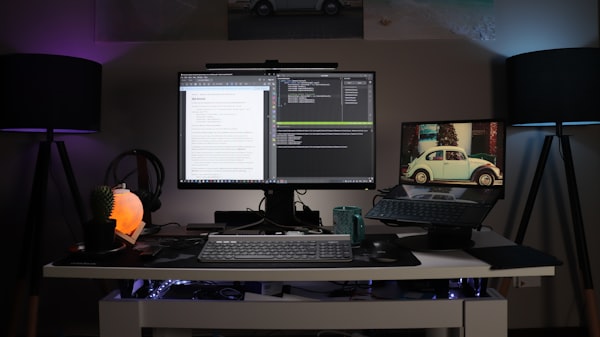- 欢迎使用千万蜘蛛池,网站外链优化,蜘蛛池引蜘蛛快速提高网站收录,收藏快捷键 CTRL + D
“如何使用CMS手机发布服务?详细配置步骤让您轻松上手”



Content Management System (CMS) is an application used to create, edit, publish, and manage website content. CMS Mobile_CMS deployment service is a CMS system optimized for mobile devices, allowing users to easily manage and publish content on their smartphones.
What are the configuration instructions for CMS Mobile_CMS deployment service?
1. Server environment configuration

In order to ensure the smooth operation of CMS Mobile_CMS deployment service, it is necessary to configure a suitable server environment. The recommended configurations include:
- Operating System: Linux (e.g., CentOS, Ubuntu)
- Web Server: Nginx or Apache
- PHP Version: 7.2 and above
- Database: MySQL 5.7 and above
2. Installing and configuring CMS Mobile_CMS deployment service

To install CMS Mobile_CMS deployment service on the server, follow these steps:
- Download the installation package of CMS Mobile_CMS deployment service
- Unzip the installation package to the Web root directory of the server
- Access the installation page and follow the prompts to complete the installation process
After installation, some basic configurations are required, including:
- Database connection information: Enter the database address, username, password, etc., to allow CMS Mobile_CMS deployment service to connect to the database.
- Admin account: Set up an admin account for logging into the backend management system.
- Website basic information: Set the website title, description, keywords, etc.
How to configure plugins and templates for CMS Mobile_CMS deployment service?
To better meet the needs of CMS Mobile_CMS deployment service, you can install and configure plugins and templates as needed. Some commonly used plugins and templates include:
- SEO plugin: Used to optimize the website's search engine ranking.
- Image compression plugin: Used to reduce image size and improve website loading speed.
- Social media sharing plugin: Allows sharing website content on social media platforms.
- Responsive template: Adapts to different screen sizes of devices.
What are the strategies for mobile device adaptation?
In order to ensure the normal display of the website on mobile devices, it is necessary to adapt the website for mobile devices. Here are some suggestions:
- Use responsive layout: Adjust the layout based on device screen size through CSS media queries.
- Optimize image size: Ensure images display properly on different devices.
- Optimize font size: Ensure text readability on different devices.
- Optimize interactive design: Ensure buttons, links, and other elements are clickable on different devices.
Thank you for reading. Feel free to leave a comment, follow for more updates, like, and thank you for watching!
| 广告位招租-内容页尾部广告(PC) |
相关文章推荐
- 如何选择最佳CMS监控软件?快速上手CMS发布服务配置说明
- 什么是CMS站群系统?一篇详细的CMS发布服务配置说明
- 如何选购超便宜的云服务器?完整计费说明
- "如何正确使用AX模式接口?快速上手指南" "AX模式接口使
- 1. 你知道如何搭建aspcms手机网站吗?手把手教你设置手
- 使用智慧调度平台客户标签的操作说明 1. 如何在智慧调
- CentOS7常见问题解答:如何在CentOS7上安装较高版本的IB
- 安装IC9解密插件的Linux操作系统下的说明和步骤 - 如
- “解密IC9加密文件有多难?这里提供全面的Windows下IC9(i
- Canva AI设计功能: - 视频AI精华插图生成器,解决视频截
网络推广最新文章
- PersistentVolumeClaims状态有什么问题?如何替换PersistentVolumeClaims
- 在微信中查看别人的朋友圈不会直接在对方的朋友圈记录中留下痕迹。但是,如果你给对方的朋友圈点赞、评论或者转发,对方在朋友圈中会收到通知,并且在对方的朋友圈消息提醒中会有相应记录。
- "什么是SQLPlus权限?如何分配和管理SQLPlus权限?"
- “避免SQL注入!mysql中tonumber函数使用要注意什么”
- 如何配置CDN数据存储?实现快速访问和高性能数据存储
- 澳洲云主机代理:解读澳洲云主机市场,帮您选择最佳方案 管理云主机:简化您的运维工作,高效管理云端服务器
- “CentOS安装完mysql启动失败?找不到network文件夹解决方案!”
- 电商设计主要做什么?探究电商平台的设计重点与提升策略
- “为什么苹果8p微信不会爆炸?了解安全科技背后的原理”
- Linux Mint支持UEFI启动吗?完全指南和解决方案














)


)
)
